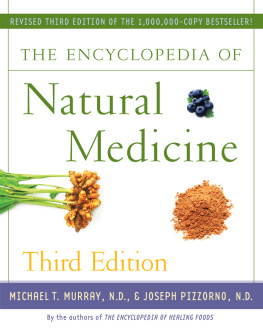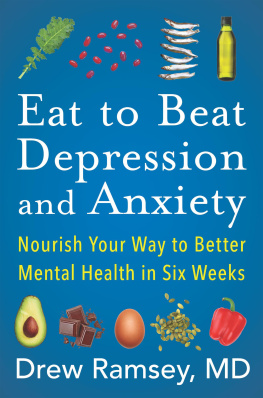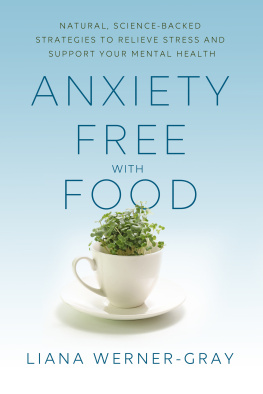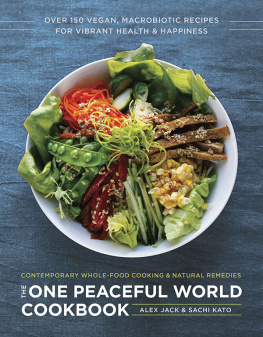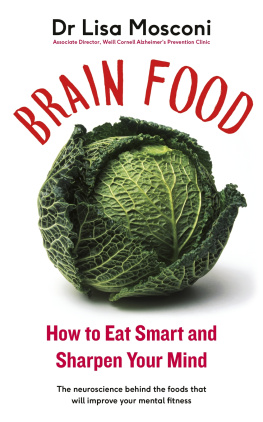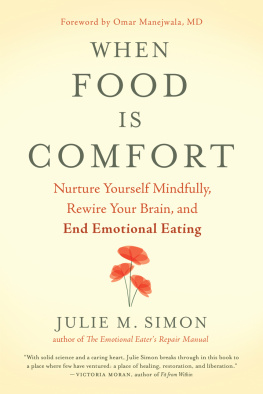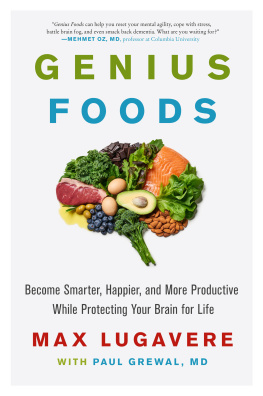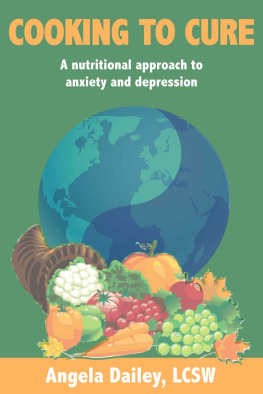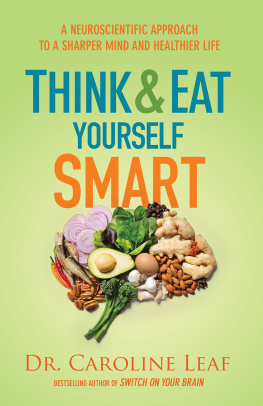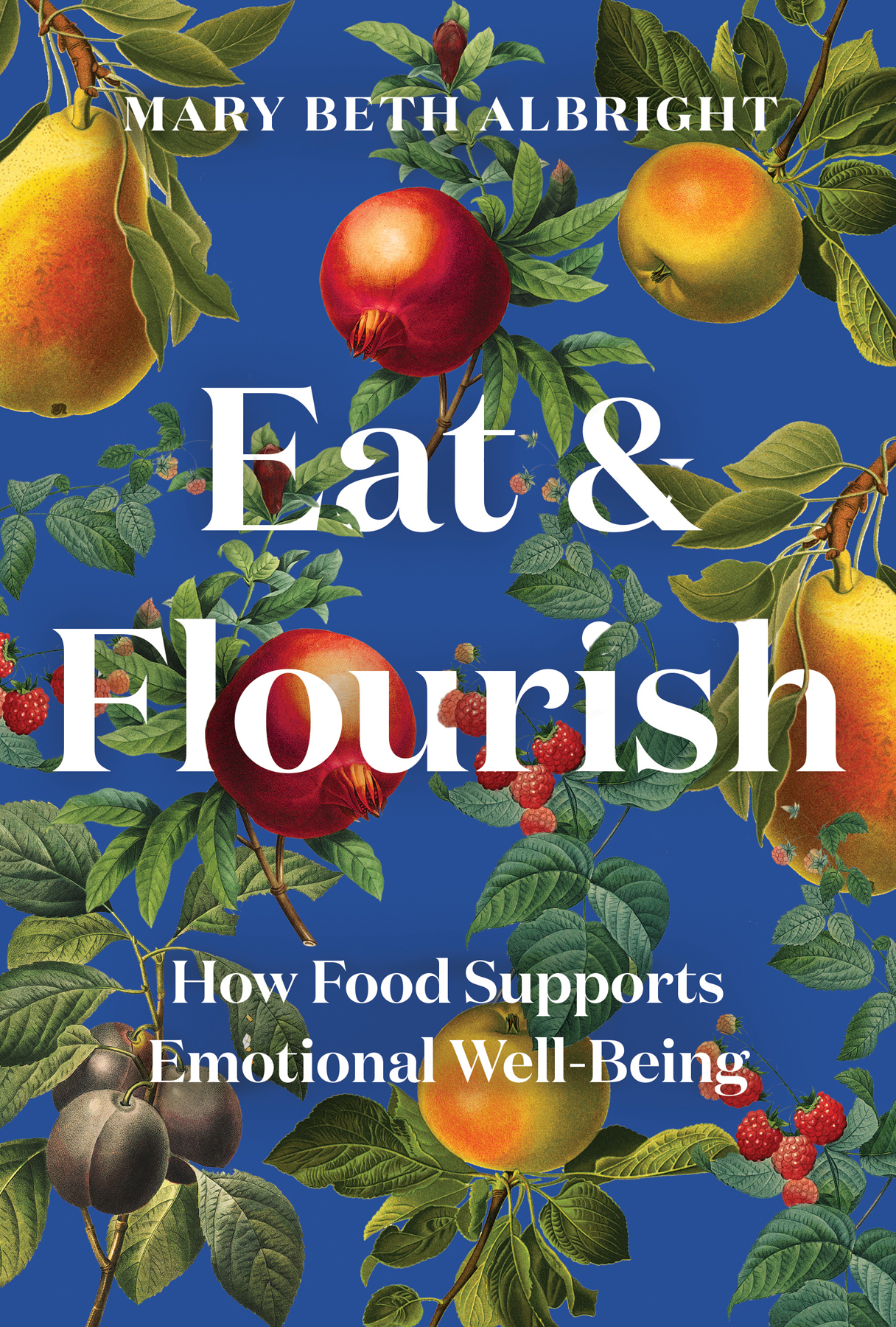Contents
Guide
Page List
Eat & Flourish

HOW FOOD SUPPORTS EMOTIONAL WELL-BEING
Mary Beth Albright

FOR MY SISTERS:
Ann, who taught me that art and beauty are everywhere.
Evelyn, who taught me the power of good mental health.

Contents
Eat & Flourish
AS A CHEF AND A PHYSICIAN, I have been standing at the intersection of food and well-being for more than 30 years. Until recently it has been a fairly lonely corner, but thankfully that is changing. In the past decade, armed with mounting evidence that food and cooking can improve all aspects of health. I started a Culinary Medicine program, first at the Tulane School of Medicine and now at George Washington University School of Medicine and Health Sciences. This coursework, which has been adopted by universities across the nation, helps teach the benefits of nutrition-related lifestyle changes, such as cooking. In my quest to teach and use the important connection between well-being and food, Ive been fortunate to meet amazing chefs, health care professionals, policy makers, researchers, and journalists who care deeply about great food as an important component of well-being.
One of those journalists whom I met a few years back immediately impressed me as caring not just about this topic but also about her craft. She is the author of the book you are now reading: Mary Beth Albright. Mary Beth and I met when she interviewed me for a profile about culinary medicine that she was writing for National Geographic. It was clear that she had done her homework and had established a solid foundation of knowledge about the subject. She delivered a terrific description of the state of the art at the time.
She delivers again with this book.
Food research has come a long, long way in the four decades that I have been involved in the nutrition world. This is the challenge that you, the reader, faces: science evolves, and that means changes in recommendations around food and health.
People are understandably confused because in one decade we are told to substitute margarine for butter, and a decade later were told that margarine has actually been contributing to health issues. The good news is that we now have a much more solid understanding of how what we eat can both harm us and benefit us.
It can sometimes be hard to know what to believe. This book is one that you can trust and one you can believe. It is a solid review of the science and provides direct, day-to-day application for your life and your health by showing the impact of one of the most important aspects of living longer and living well: how food supports your emotional well-being.
Most of us think of diets or eating plans or nutrition as applying to the usual suspects, such as heart attacks, strokes, diabetes, hypertension, and high cholesterol. However, the same healthy food principles apply to our moods, emotions, pleasure, energy, and mental health.
Mary Beth does an amazing job in leading us through the complex neurologic anatomy and hormone responses. Trust me, understanding neurotransmitters, endocrine responses, gamma-aminobutyric acid, dopamine, adrenocorticotropic hormone, and cortisol activity is tough stuff even for health care professionals. Mary Beth makes understanding things such as the amygdala and hippocampus easy and even funand both of those brain structures are just fun to say out loud.
This is because she has translated the hard stuff in a way that allows her to lead readers through the impact that food has on everythingfrom sights and sounds to pleasure and socialization (to name only a few stops on the journey she takes us on). That trip starts with a tour of the body itself, and she acts as the consummate tour guide, offering a complete picture of how what we eat impacts the various organ systems that contribute to and modulate our moods, energy, and emotions.
That grand tour continues and ends up spanning the world, literally. We are transported to the Monell Chemical Senses Center in Philadelphia; the Mind-Body Institute in Australia; a functional magnetic resonance imaging center in Oregon; a microbiome lab in Ireland; farms in Ashburn, Virginia, and in outer space (yes, outer space); a longevity center at Stanford; the Japanese Ministry of Health; and the Mediterranean to understand how following an old-world diet can have a tremendous impact on how food makes us feel.
As a tour guide of our bodies and of the world of research, she continues to ground the information in the important fact that eating is an intimate and personal social event that is critical to our well-being.
In the first five chapters, you are going to go on a journey that will establish a foundation and convince you through solid evidence that there is a direct connection between what you consume and how you feel. That alone makes for a fantastic book, but the bonus is : an equally solid four-week plan that will help you use the evidence presented in the first five chapters to transform your kitchen, your menus, and your mood.
As the corner of food and health research becomes more and more crowded, I am really proud to have journalists and authors like Mary Beth Albright standing with us. Quality work always shines, and this book is one that can help transform the quality of your life.
Eat well, eat healthy, enjoy life!
Timothy S. Harlan, MD, FACP, CCMS
Associate Professor of Medicine, George Washington University School of Medicine and Health Sciences
President, Culinary Medicine Specialist Board
Editor-in-Chief, Health meets Food: The Culinary Medicine Curriculum, CulinaryMedicine.org
I adore simple pleasures. They are the last refuge of the complex.
OSCAR WILDE
F OOD IS PLEASURABLE. We feel joy when we eat, whether its a juicy peach, crusty bread, or chocolateand we especially feel uplifted when were sharing that pleasure with other people. This emotional reaction also shows up physically via brain activity that can be mapped and studied. Sex, great music, and delicious food all activate the same circuitry that lights up to tell you: This feels good.
All of the above is just some of what I learned when I found myself lying down inside a tube, motionless, drinking milkshakes, kale juice, and wine through straws while half a dozen scientists watched.
Depending on what I ate, the functional MRI (fMRI) scanning my brain showed varying degrees of pleasure parties in my head. As I reviewed the images later, I could literally see how eating, something I do a few (OK, maybe several) times each day, influences how I experience the world. And if my food choices affect my brain activity so acutely in the moment, then surely there are long-lasting changes too.
That brain scan was just part of the larger story about how food can improve our emotional well-being. The brain and gut send signals back and forth that affect decisions, relationships, satisfaction, and mental health. Those signals depend a lot on the kind and quality of food we eat, and the latest science shows that certain foods are particularly beneficial.



